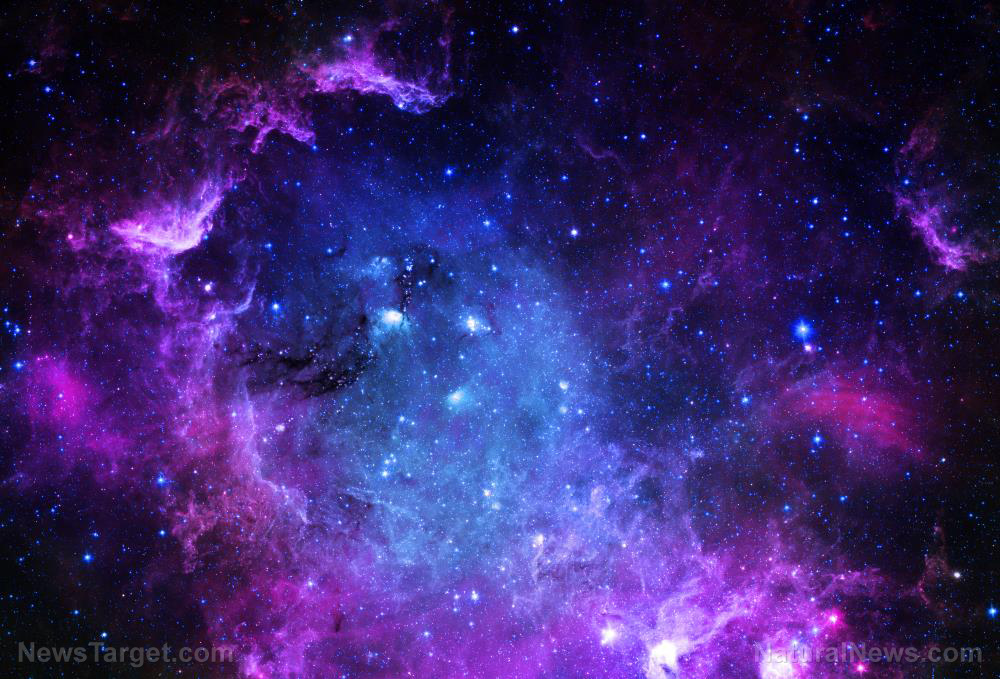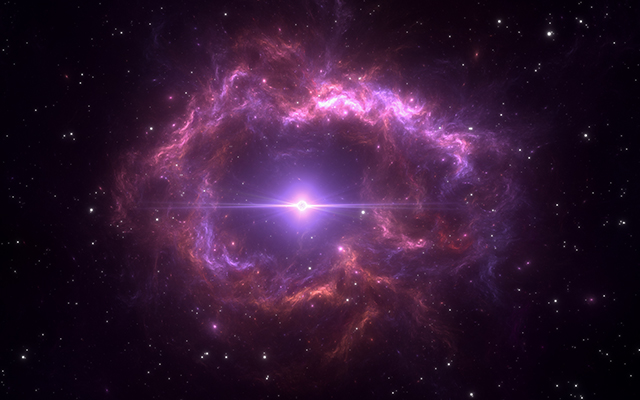Lunar mining: Researchers propose creating arcs of lightning to extract water and metal from the moon
03/30/2021 / By Virgilio Marin

Researchers propose using arcs of lightning to extract lunar resources such as water and metals all at once. The technique, called “ablative arc mining,” will be “like putting lightning over the surface of the moon,” according to lead researcher Amelia Greig, an assistant professor of mechanical engineering at the Aerospace Center at the University of Texas at El Paso.
The National Aeronautics and Space Administration (NASA) has selected the project for the Phase I Fellows program of its NASA Institute for Advanced Concept, which nurtures ideas that can potentially be used for future NASA missions. Under the program, Greig and her colleagues will continue developing their concept, test it in the lab and finally build a prototype system based on the concept.
Lunar mining using arcs of lightning
Lunar mining made the headlines last year when the White House green-lit a policy that encourages American companies to mine the moon. Former President Donald Trump determined that current space treaties allow the use of Earth’s natural satellite this way.
The moon is thought to be rich in precious resources such as water and metals that are critical for future manned missions. Water, for example, can be turned into rocket fuel. But no one yet has figured out a clear actionable plan on how to mine the moon.
Past concepts relied on “thermal ablation,” in which water frozen into the lunar regolith (surface material) would be heated and turned into water vapor that would then be captured. But the technique would be difficult to carry out under an atmosphere as thin as the moon’s.
“The water vapor just sort of diffuses in all directions, and you can’t really tell it which way to go,” Greig told Space. Additionally, thermal ablation would not allow for multiple types of resources to be extracted all at once.
Greig and her team conceptualized a method that would address these issues. For their method, arcs of electric current across two electrodes would turn frozen water in lunar regolith into water vapor. At the same time, it would extract other things such as metals out of the regolith. The electric arcs would then break apart the water and other materials into ionized particles, which would be guided into capture chambers using electric fields.
“You’re kind of funneling them through these virtual electric magnetic fields into a small collection area, and you can collect a lot more of the water that you can extract from the moon,” Greig explained.
The researchers are currently refining the method to prove its feasibility. Among the things the researchers have to work on include figuring out how to source the power necessary to create electric arcs.
Barry Finger, chief engineer at aerospace company Paragon Space Development Corporation, who was not part the project, also commented that the technique would need a robotic system that would be able to work autonomously. This was because it would take a while before a significant number of human miners can work on the lunar surface.
Lunar mining will help open the way for lunar settlements
Being able to mine the moon will greatly boost efforts to establish a sustainable human presence on the moon. Greig noted that it will be impossible to build lunar settlements without the ability to collect lunar water and other resources.
“Because the moon is such an important gateway step to get to Mars, we would probably then struggle to have human settlements on Mars in the future,” she added.
Indeed, NASA started its lunar program, Artemis, partly in preparation for future Mars missions. Under Artemis, the agency will send two astronauts to the moon in 2024, assemble a lunar outpost in the next few years and establish a lunar base sometime in the next decade. It will then use all the lessons from these exploits to send the first human to Mars.
When asked about how lunar resources should be used, Greig responded by saying that her interest lay in establishing a lunar settlement. “At least within the community that I’m a part of, we are looking at mining the moon, not necessarily for commercial interest, but to help with having human lunar settlements in the future,” she said.
There is some concern that humans will pollute even more worlds by pivoting mining activities to space. But for Finger, mining the moon is nothing to be worried about because it is already inhospitable.
Learn more about fascinating proposals to mine the moon at Space.news.
Sources include:
Tagged Under: ablative arc mining, Artemis program, future science, future tech, innovation, inventions, lightning, lunar mining, lunar settlements, Mars, moon, moon mining, research, space, space exploration
RECENT NEWS & ARTICLES
NewScienceReport.com is a fact-based public education website published by New Science Report Features, LLC.
All content copyright © 2018 by New Science Report Features, LLC.
Contact Us with Tips or Corrections
All trademarks, registered trademarks and servicemarks mentioned on this site are the property of their respective owners.





















